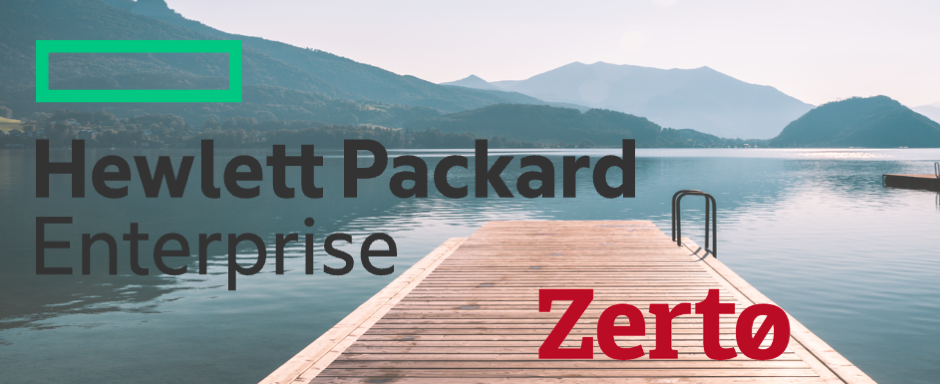Hewlett Packard Enterprise Acquires Zerto, Seeks To Beat IBM At Being IBM, And Dell At Everything

On July 1, Hewlett Packard Enterprise (HPE) acquired Zerto for $374 million. Adding Zerto to its product portfolio increases the capabilities of HPE’s GreenLake IT-as-a-service (ITaaS) platform by adding best-of-breed, low-latency copy data management and continuous data protection functionality. Many existing managed service providers (MSPs) already bundle Zerto as their data mover for disaster recovery (DR) and disaster recovery-as-a-service (DRaaS) functionality, especially for near-zero-latency recovery point objectives. If you think of ITaaS as an MSP on steroids, it makes a lot of sense for HPE to buy one of the best solutions on the market (bolstering its own capability and disrupting the capabilities of potential competitors).
HPE’s announcement comes on the tails of IBM buying Cloudlogic ECX from Catalogic, bringing in house the copy data management technology that Big Blue was already rebranding as part of its IBM Spectrum Copy Data Management. Zerto was a much better buy however, and HPE has the opportunity to leverage the Zerto name to draw clients to its platform. IBM, on the other hand, was consolidating in-house, a capability that it was already reselling. IBM will get operational efficiencies and drive down costs, but its acquisition doesn’t win it new customers or capabilities.
Disaster Recovery-As-A-Service: I Learned It By Watching You!
Both companies are taking advantage of the low barrier to entry for the DRaaS market. Traditional disaster recovery required replicating a physical environment to be failed over, but in a virtualized world, you need only have a virtualization platform and a highly efficient data mover (and some orchestration). HPE’s GreenLake stitches together all the IT infrastructure that a business needs and puts it in an easily consumable package. Adding the ability to protect the workloads on that platform and potentially transitioning them to the public cloud is the next logical piece of the platform puzzle. Dell had previously been relying on the entire VMware ecosystem to facilitate similar functionality, but the market has shown that at least for key parts of the DRaaS market, tools like Zerto work better at moving data and managing replicas of key workloads. Zerto also allows one to replicate non-VMware workloads for DR purposes.
Beyond Workload Protection — A Wolf In Sheep’s Clothing
In its press release, HPE cites an expected growth for the data protection-as-a-service market from $7.7 billion in 2020 to $15.36 billion in 2024. While DRaaS is part of that market, it’s not all of it, and vendors like Cohesity, Druva, Rubrik, Veeam Software, and Veritas should take note that HPE plans to claim part of the data protection market as it expands and hones its ITaaS platform.
Competitive Pressures Are Rising
ITaaS is the next big thing as Dell and HPE work to build their respective platforms and tune them for consumption by a technology-hungry market. The kind of clients Dell and HPE want to win over with their ITaaS products range from medium-sized businesses to the largest enterprises. Being able to simplify the management of infrastructure means being able to assure platform resilience, making DRaaS a must-have tool. IBM has understood this for a while and — through its services groups — has built bespoke solutions for its clients. But IBM has not yet attempted to create the cloud-like simplicity of management that APEX or GreenLake aspire to. Expect Dell to announce soon that it also acquired or partnered with a best-of-breed continuous diagnostic and mitigation (CDM) tool or at least improved one of the tools in its portfolio. IBM should also work toward leveraging the vast resources in its portfolio to compete head-to-head with Dell and HPE for the ITaaS market.
